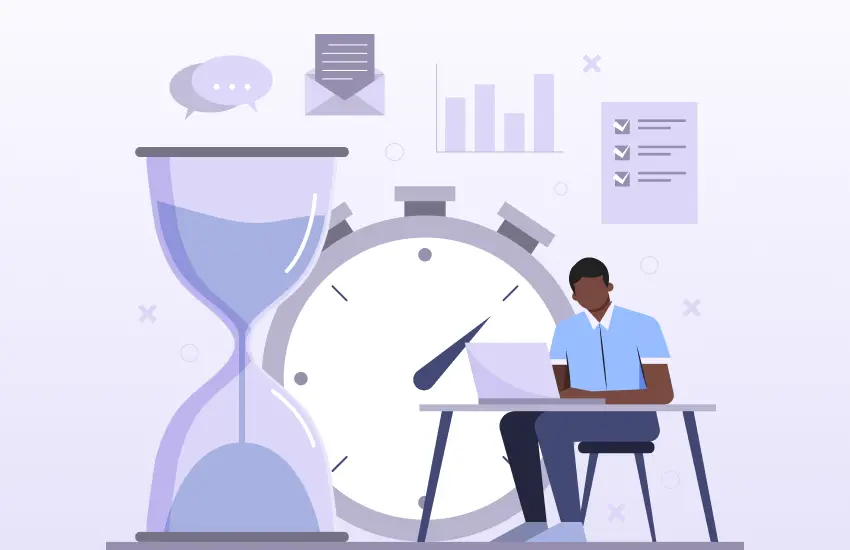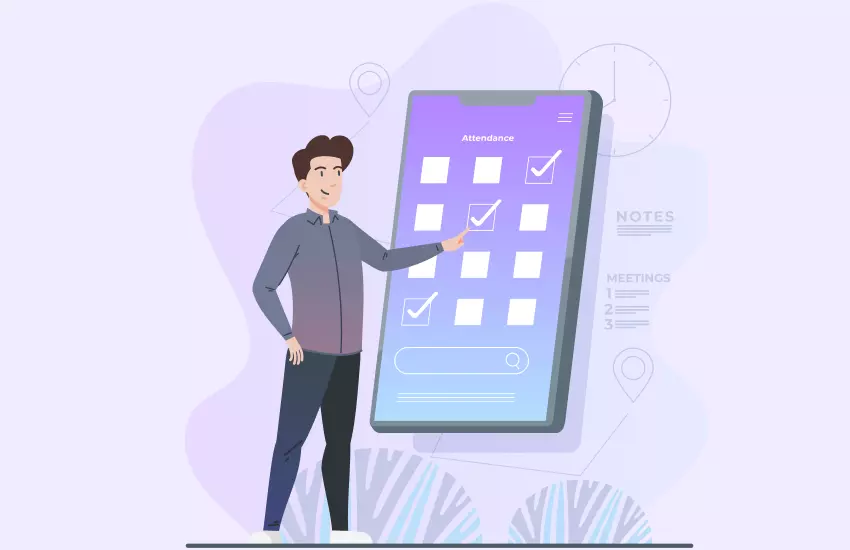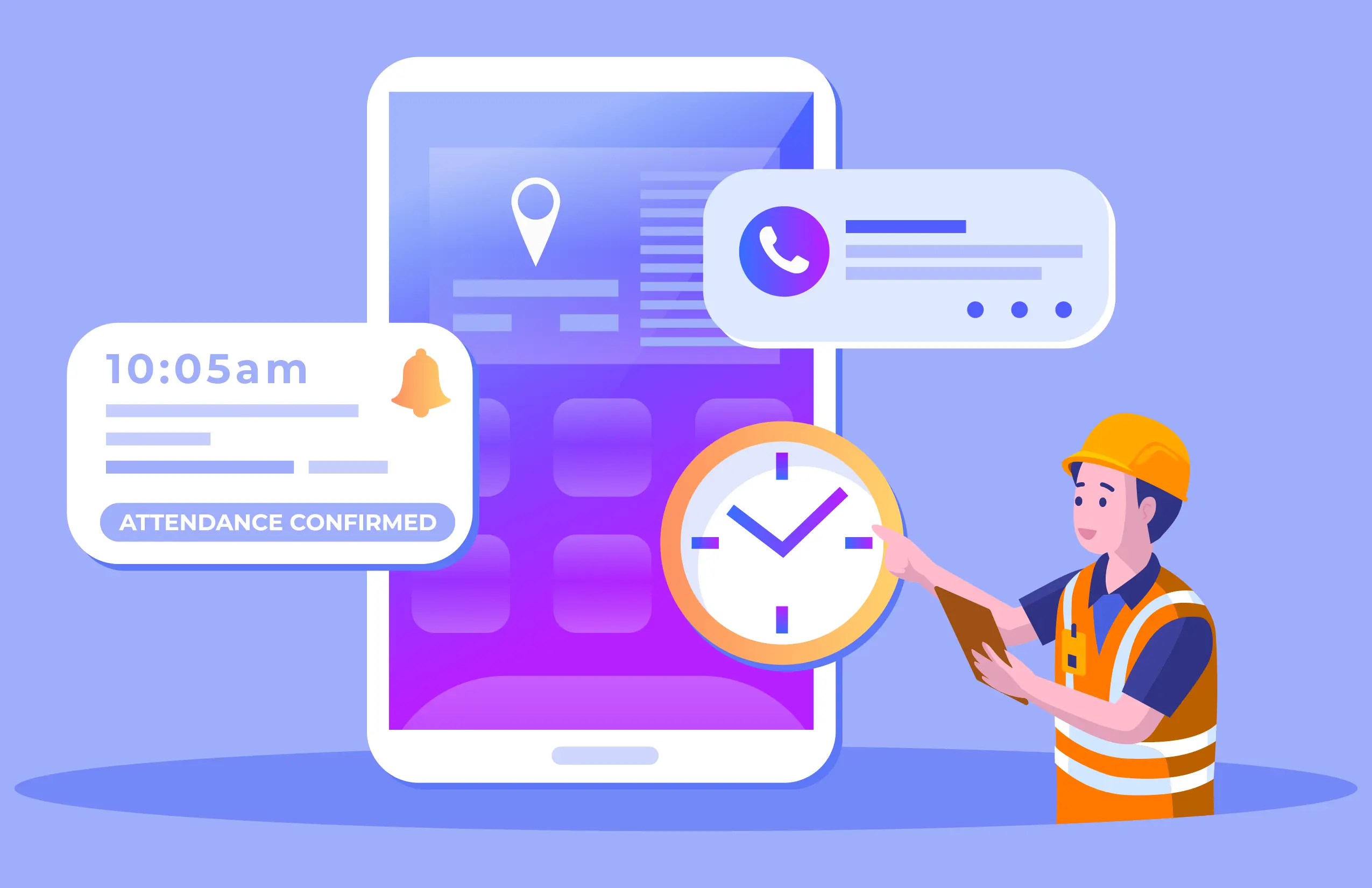
Evolution of Attendance Management System
Table of Contents
Businesses are constantly looking for methods to improve their working habits to increase productivity and efficiency in today’s world. Over the ages, organizations have employed a variety of techniques to check employee attendance, from simple punch cards to sophisticated biometric time clock systems.
Let’s examine how these approaches have changed throughout time, what has caused this transformation, and how the new solutions have a significant impact on employers and employees.
Manual registers and punch cards
Employers originally started tracking employee attendance in the early 1800s when they employed manual time clocks and paper registers to record workers’ working hours.
Punch cards, originally introduced in the late 1800s, allowed workers to indicate their presence by “punching in” and “punching out.” Although this analog method established the foundation for formal attendance tracking, it was limited by errors, buddy punching, and labor-intensive data entry.
Magnetic stripe and barcode cards
The industry standard for recording employee attendance was replaced by barcode and magnetic stripe cards as technology advanced. These cards were introduced in the mid-1900s and included unique numbers that could be scanned or swiped to monitor an employee’s attendance.
While this was an improvement over punch cards, faults, and inefficiencies remained because it still required manual data entry and depended on physical cards. Due to the requirement that each employee’s card be unique, many businesses were forced to keep a backup paper-based method of timekeeping in place in case their card was misplaced or failed.
Time and Attendance Biometric Systems
Accuracy and security were significantly increased with the introduction of biometric time and attendance systems in the second half of the 20th century. With the use of technology like fingerprint recognition, iris scanning, and facial recognition, employee identification became possible.
The fact that biometric technologies almost eliminated buddy punching and reduced the possibility of errors was one of its key benefits. However, because the early iterations of these models were so costly, relatively few businesses in any competitive market could afford biometric attendance systems. Luckily, these systems’ growth and improvements have made them accessible to all types of organizations at reasonable costs.
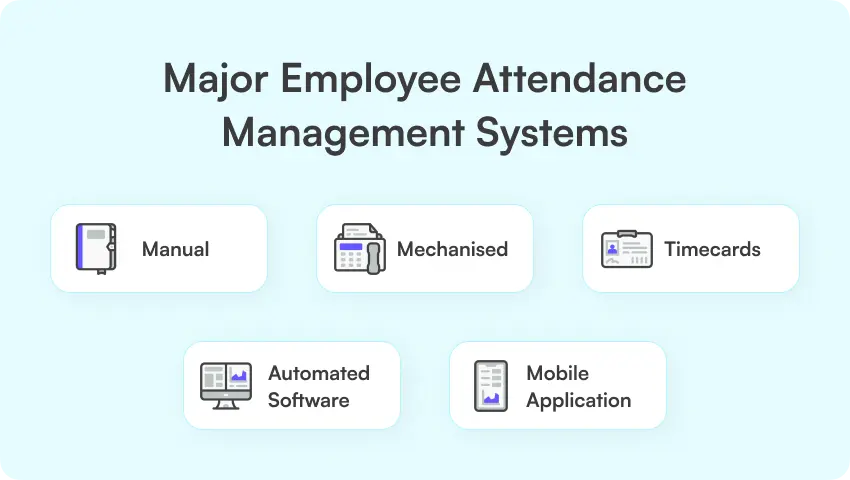
How do employee attendance tracking systems help organizations?
Employee monitoring systems foster fairness and transparency, which enhances the working environment for employees. Employees have equal opportunities for professional progression and recognition with these technologies, which ensure that performance reviews are founded on accurate facts through objective data gathering and analysis.
Employees can express problems, provide quick feedback, and actively participate in decision-making because of the open communication features cultivated by tracking systems. Furthermore, these systems’ insights help identify areas of human strength and weakness, which leads to focused opportunities for skill development that align with personal growth trajectories.
Benefits of Employee Monitoring System
In a time when remote work is common, employee attendance tracking system technology facilitates a good work-life balance by allowing employees to contribute effectively from multiple places. Employees may focus on their primary responsibilities and career growth because administrative tasks like tracking attendance and vacation requests are automated, freeing them from time-consuming procedures.
Precise compensation estimations derived from recorded data also contribute to employee confidence and happiness by providing a sense of justice in the rewards for their efforts.
Get data in real time
The ability of managers to obtain real-time data on team and individual accomplishments allows for fairer and more accurate results. This facilitates the identification of high-performing employees, the identification of growth areas, and the customization of training initiatives.
Legal limitations also apply to breaks, overtime, and working hours in a variety of industries. Employee tracking systems aid businesses in maintaining compliance by accurately recording hours worked breaks taken, and adherence to labor laws. This reduces the likelihood of penalties and other legal issues.
Adherence
Labor law compliance is made easier by these technologies, which accurately record work hours, breaks, and overtime while lowering legal risks. By monitoring and managing them, they also provide a means of maintaining the productivity of remote workers by company goals in the era of remote work. Improving employee experiences will help strategic objectives get accomplished.
Professional Growth
Through the analysis of performance data, businesses can also identify training shortages and staff capacities, allowing for the creation of specialized growth programs.
When utilized correctly, employee attendance tracking systems are great tools that enhance operations, enhance employee satisfaction, and encourage the accomplishment of strategic objectives.
Lystloc – Best employee monitoring software
The most innovative generation of attendance management is represented by Lystloc, an automated software for managing attendance. With its seamless integration of an extensive payroll system, this all-in-one automated program provides efficient tracking and control of attendance. Lystloc eliminates the need to switch between different systems or handle multiple Excel sheets for payroll and attendance. HR teams benefit from significant time savings and accuracy, efficiency, and process streamlining provided by the platform. Contact Lystloc today to learn more about the employee monitoring system.
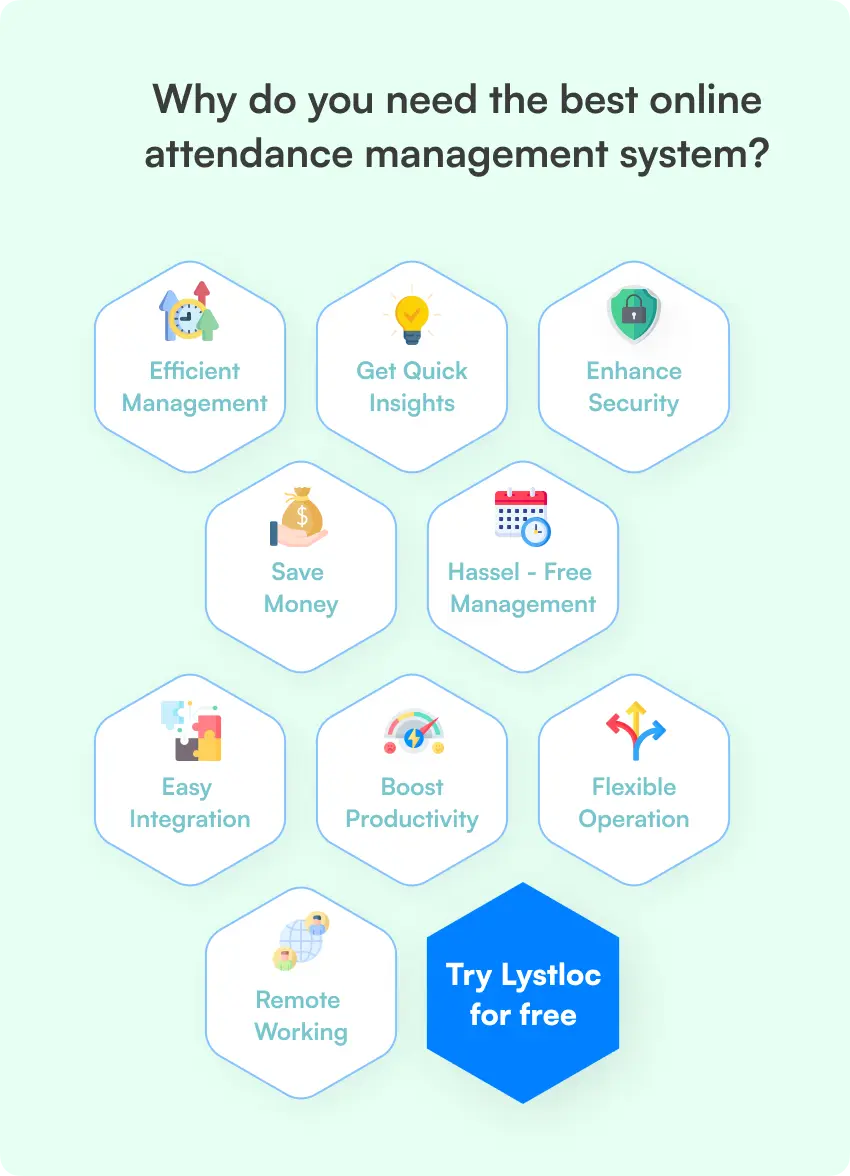
Bottomline
Technology has advanced significantly in the workplace, as evidenced by the development of attendance management from paper-based systems to the amazing digital marvel. Employees and the business as a whole gain when companies use automation and integration because it allows them to achieve new heights of accuracy and productivity.


